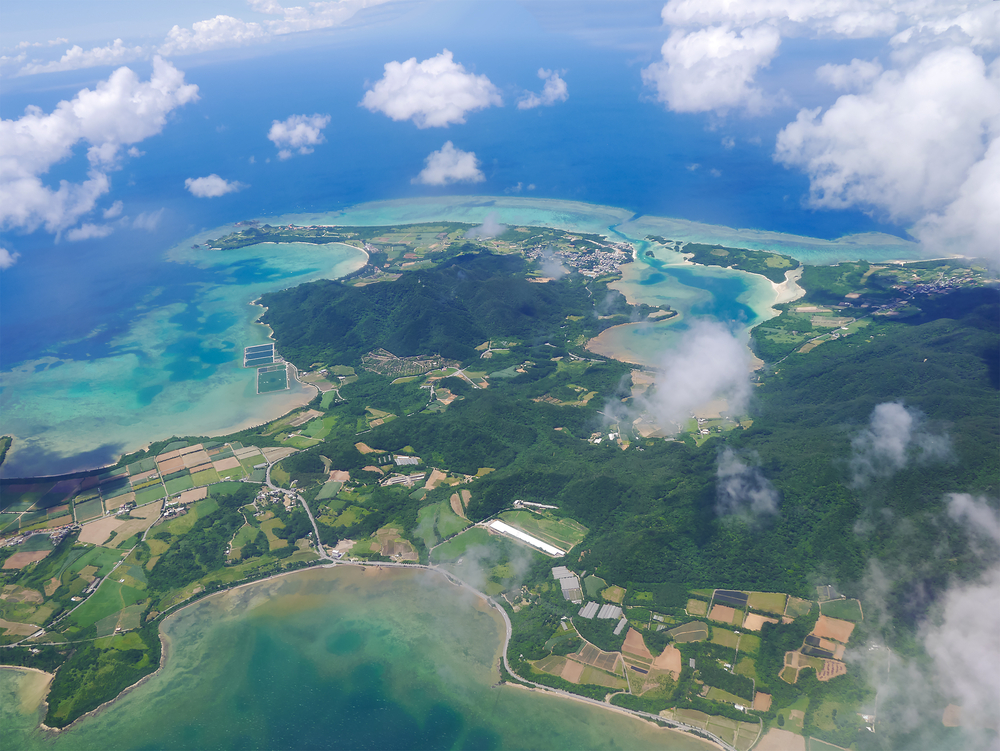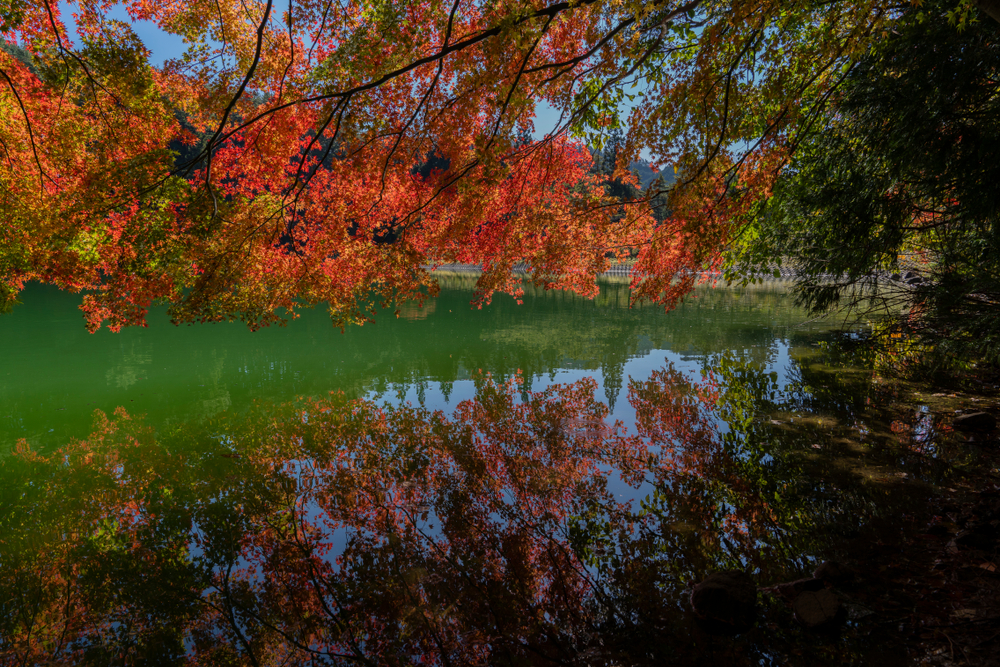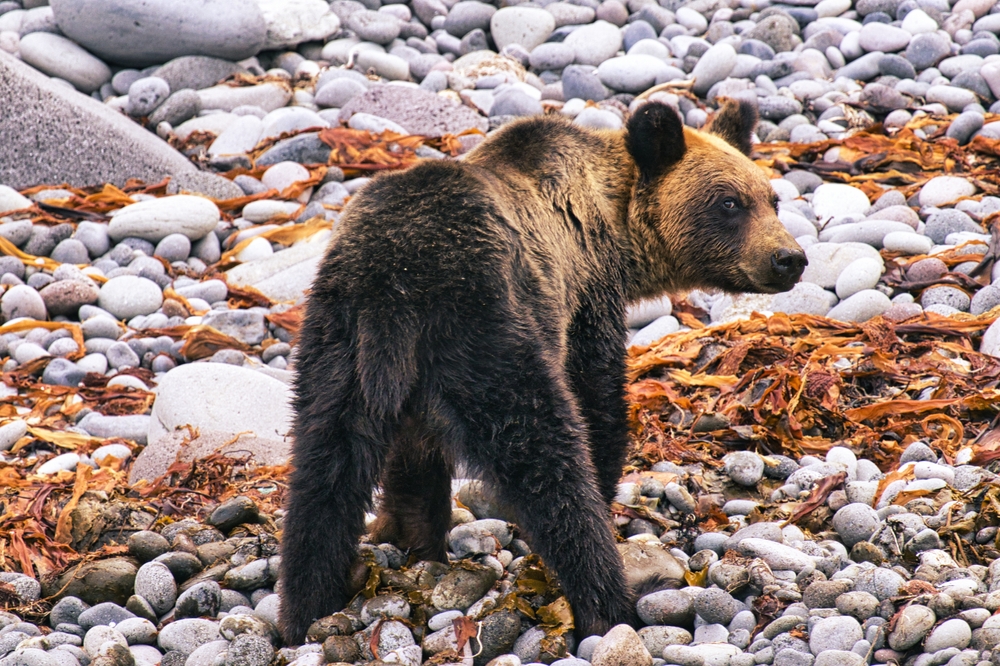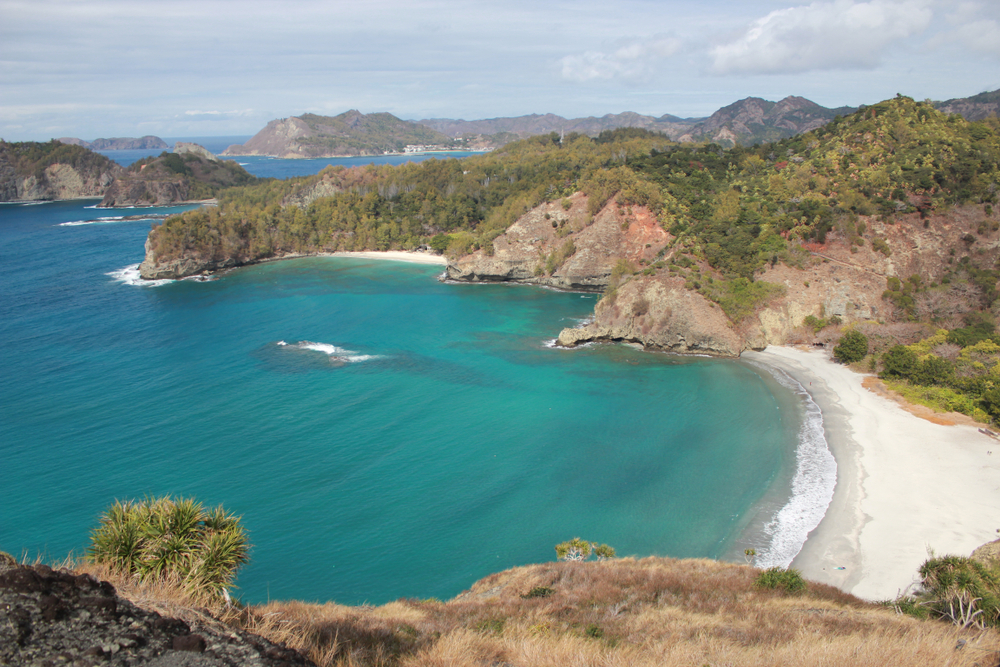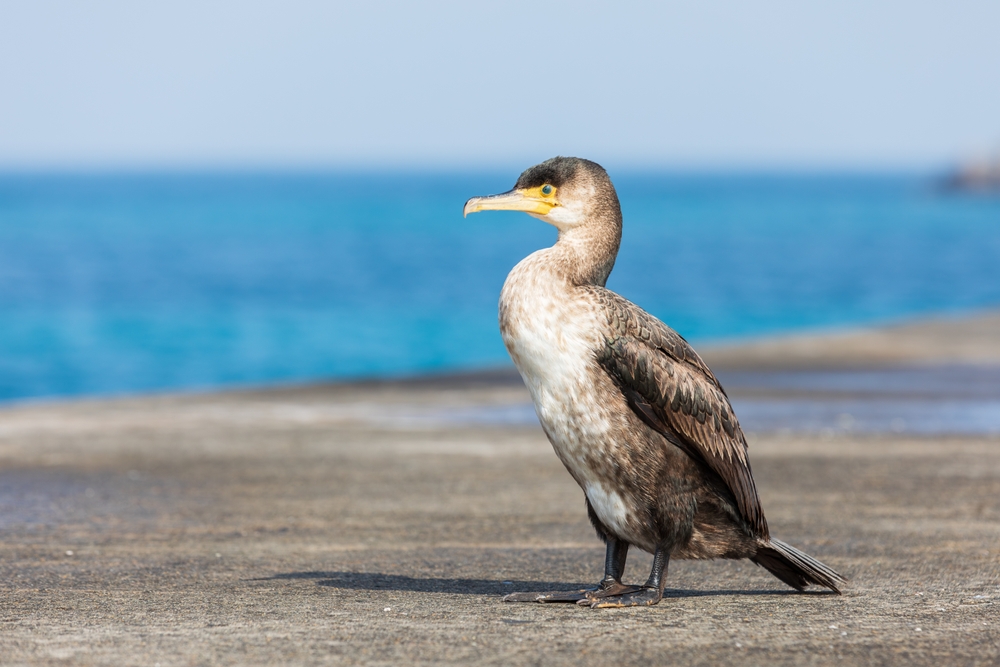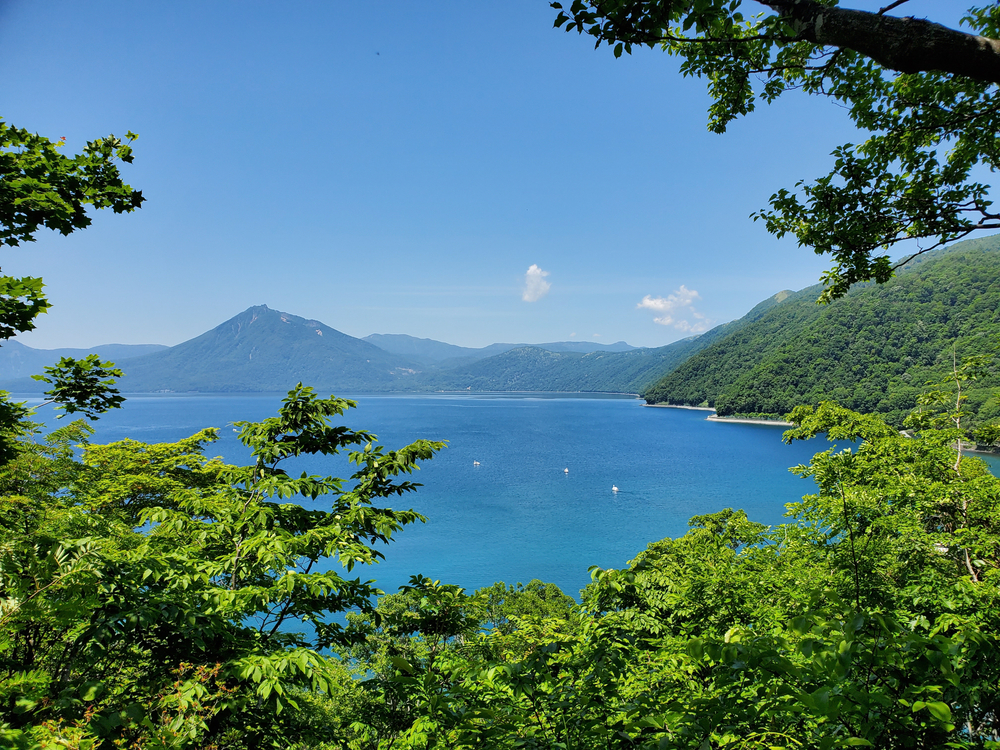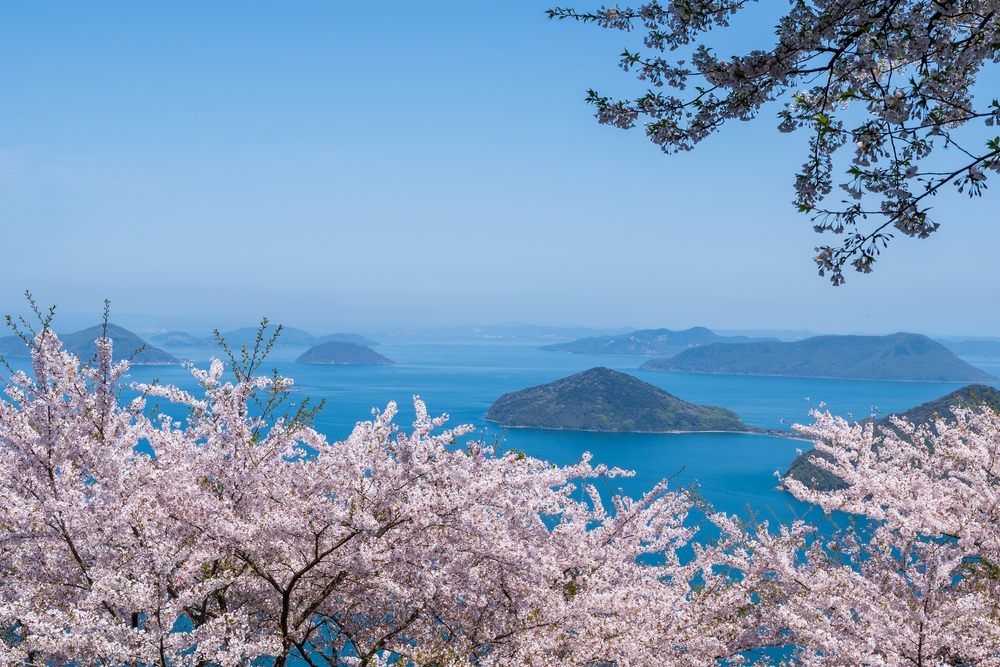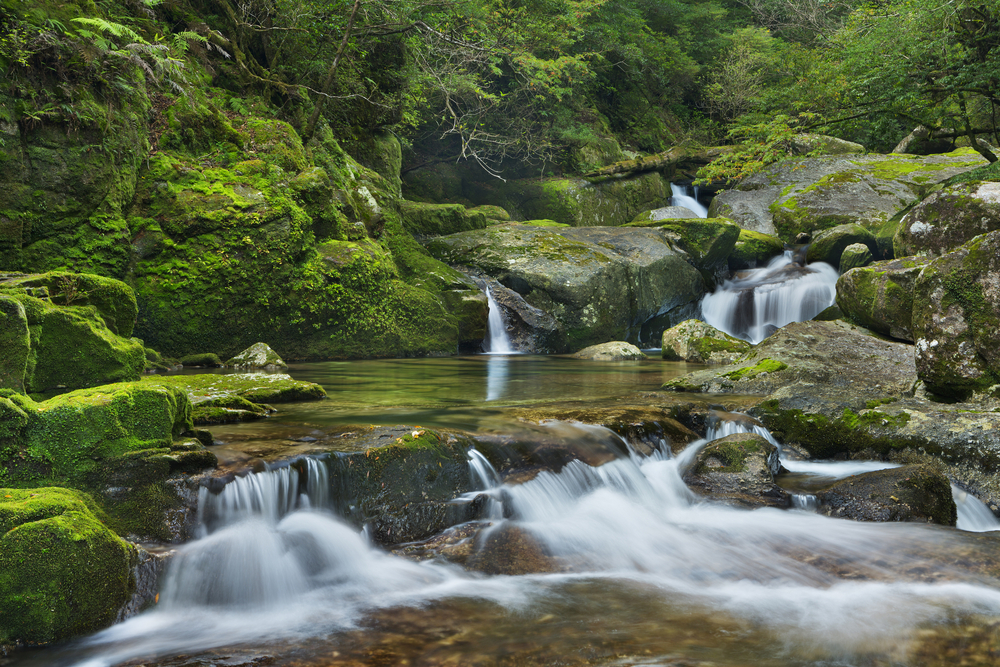Iriomote-Ishigaki Overview
Iriomote-Ishigaki National Park, known as 西表石垣国立公園 (Iriomote-Ishigaki Kokuritsu Kōen) in Japanese, is a remarkable natural haven located in the Yaeyama Islands of Okinawa Prefecture, Japan. The park, encompassing approximately 257 square miles (666 square kilometers), is celebrated for its pristine subtropical wilderness, diverse ecosystems, and striking seascapes. Established in 1972, this national park spans both Iriomote and Ishigaki Islands, as well as several smaller surrounding islands, offering visitors a mix of lush jungles, coral reefs, and crystalline waters. Its remote location and unique biodiversity make it a cherished destination for nature enthusiasts.
The terrain of Iriomote-Ishigaki National Park is defined by its rugged landscapes, characterized by dense mangrove forests, limestone karsts, and verdant hills. Iriomote Island, often referred to as the “Galápagos of East Asia,” boasts dramatic waterfalls such as Pinaisara Falls, the tallest waterfall in Okinawa, cascading through lush greenery into tranquil pools below. The island is also traversed by numerous rivers, including the Urauchi River, ideal for kayaking and boat tours. Ishigaki Island, on the other hand, is famed for its idyllic beaches like Kabira Bay, renowned for its turquoise waters and black pearl cultivation. The park’s coral reefs, some of the most biodiverse in the world, fringe the islands and teem with marine life.
The park’s wildlife is a treasure trove of endemic and rare species. Iriomote Island is home to the elusive Iriomote cat (Prionailurus bengalensis iriomotensis), a rare wild feline species found nowhere else on Earth. Visitors might also encounter creatures such as Ryukyu flying foxes, crested serpent eagles, and colorful Ryukyu kingfishers. Ishigaki Island hosts various bird species, including the Ishigaki goshawk and white-breasted waterhen, alongside a vibrant underwater ecosystem featuring manta rays, sea turtles, and clownfish.
Popular highlights of the park include exploring the mangrove forests of the Nakama and Urauchi Rivers on Iriomote Island, diving or snorkeling among the coral reefs near Ishigaki, and taking in the stunning vistas at viewpoints like Tamatorizaki Observatory. Visitors often embark on eco-tours to immerse themselves in the area’s natural beauty or enjoy guided night safaris to observe nocturnal wildlife.
Visitors can experience the park in myriad ways, from guided jungle treks and birdwatching tours to glass-bottom boat rides and scuba diving excursions. Kayaking and paddleboarding through serene waterways are also popular, offering a close-up view of the park’s intricate mangrove ecosystems. The park is accessible by ferry, with eco-conscious tours widely available to minimize environmental impact.
Conservation is a critical focus for Iriomote-Ishigaki National Park. Challenges such as habitat preservation for the Iriomote cat and coral reef protection from climate change and human activity are actively addressed by park authorities. Successful initiatives include community-led conservation programs, eco-tourism guidelines, and scientific research collaborations, which have bolstered awareness and preservation efforts. The park remains a testament to Japan’s dedication to safeguarding its natural heritage.








































































